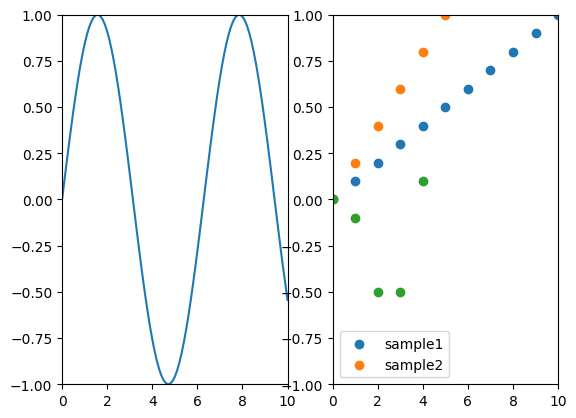
n_cols: number of columns in the figure Here's a solution with getting into tedious low-level hacks: import matplotlib.pyplot as plt Note that you can change the number of rows also, you can adjust the size of the blank space compared to the subplots by tweaking the row_height/ space_height ratio (both must be integers). Grid_row = row_height*ind_row + space_height*num_sep_rows(ind_row+1)Īx_list += Grid = (row_height*num_rows + space_height*num_sep_rows(num_rows), num_cols) I tried this: import matplotlib.pyplot as plt

Plt.legend(title='cat', handles=patches, bbox_to_anchor=(1.06, 1.2), loc='center left', borderaxespad=0, frameon=False) # place legend outside of plot change the right bbox value to move the legend up or down Patches =, , marker='o', color='w', markerfacecolor=v, label=k, markersize=8) for k, v in ems()] # round markers

Np.ed(i) # for repeatable sample dataĭata = ', fontsize=11) Import math import ceil # determine correct number of subplot

#Pyplot subplot spacing vspace Patch#
Import numpy as np # used for random dataįrom matplotlib.patches import Patch # for custom legend - square patchesįrom matplotlib.lines import Line2D # for custom legend - round markers Imports and Test Data import pandas as pd Since the colors will be the same, place one legend to the side of the plots, instead of a legend in every plot.A custom color map needs to be created from the unique 'cat' values for all the dataframes.Because dataframes are being iterated through, there's no guarantee that colors will be mapped the same for each plot.If the dataframes are wide, use to convert them to long form.This example uses a dict of dataframes, but a list of dataframes would be similar.The categories, cat, may be overlapping, but all dataframes don't necessarily contain all values of cat.Created by separating a single dataframe into multiple dataframes.There is a dictionary of multiple dataframes of tidy data that are either:.Option 1: Create subplots from a dictionary of dataframes with long (tidy) data

Also, you need to make list of data frames df_list which you wanted to plot. You need to define the number of rows nrow and the number of columns ncol.
#Pyplot subplot spacing vspace code#
Using this code you can plot subplots in any configuration. #define number of rows and columns for subplots Then using the for loop for plotting subplots. You can plot multiple subplots of multiple pandas data frames using matplotlib with a simple trick of making a list of all data frame.


 0 kommentar(er)
0 kommentar(er)
